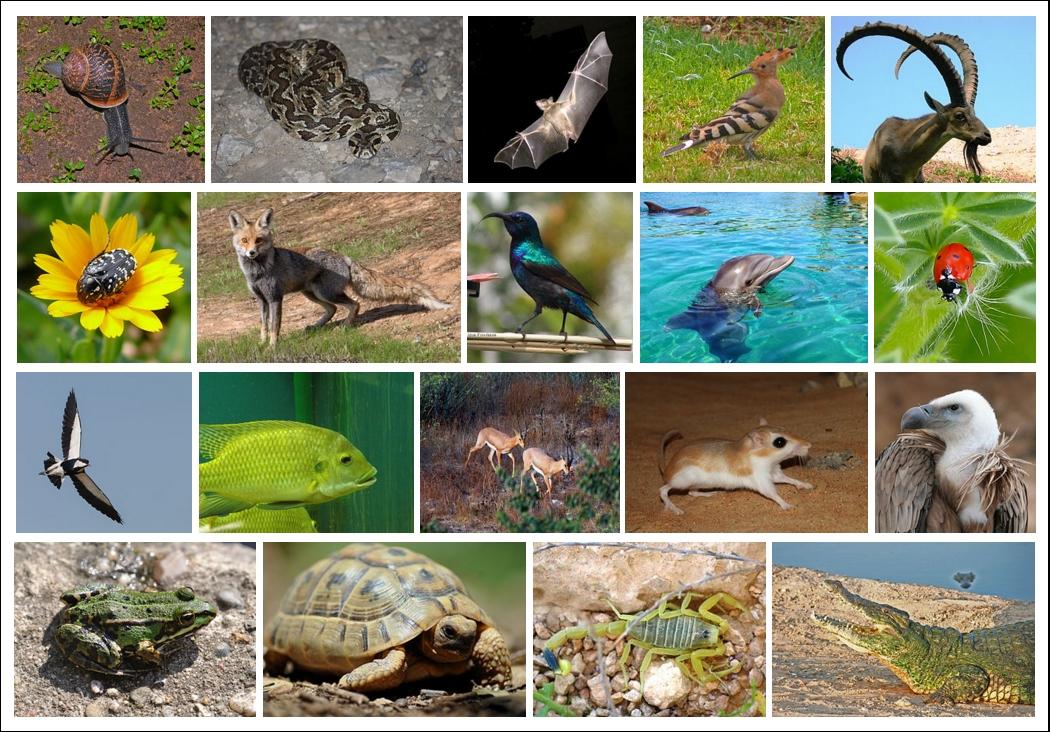
No Pollinators Invited! Lesson 1
Summary:
This lesson is geared towards 3rd graders but can be modified for upper and lower grades. Throughout the next 4 lessons they will describe the role of pollinators and explain their effects, identify how the life cycle of a plant and a pollinator are connected and explore the long-term effects of human activities on pollinators.
Students create a lunch to share at a birthday party. They will write the menu on their party invitation so everyone knows what is available to eat at the party. Students will design a lunch for a birthday party then decide what foods require a pollinator to narrow down the list of available foods.
Lesson Grade Level
3rd GradeLesson Plan Link/URL
https://docs.google.com/presentation/d/1bARA8mKL2P7ZFRVBsAtpC5JsDJu8O-FvlHnSUUS…Related Content

Students will use SEEK or other species identification tools to create a database of biodiversity on campus. The lesson starts with a discussion of the importance of biodiversity to the functioning of

This is a third grade lesson focused on structure and function. In the lesson, students observe, investigate, and research chickens to create a model focused on the parts of a chicken and their

Students explore the world of the lesser long-nosed bat through a self-paced hyperdoc. This unassuming bat is responsible for pollinating some the most magnificent desert cacti. It faced extinction in